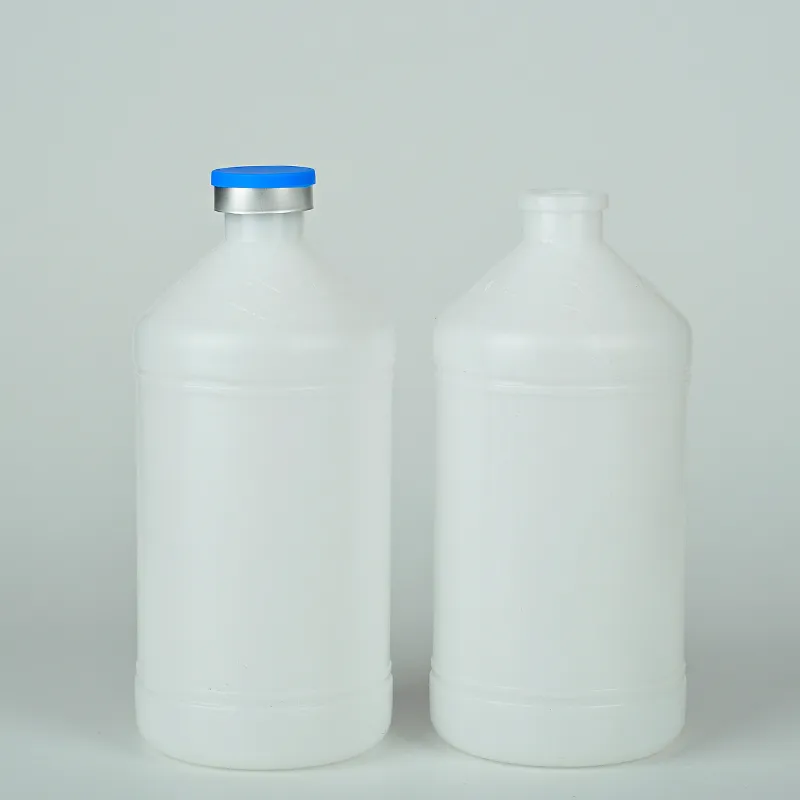Versatile Uses of Plastic Pill Vials in Healthcare and Daily Life
The Evolution and Significance of Plastic Pill Vials in Modern Pharmacy
In the ever-evolving landscape of pharmaceuticals, packaging plays a crucial role in ensuring the safety, integrity, and accessibility of medications. Among the various forms of packaging, plastic pill vials have gained prominence due to their versatility, durability, and cost-effectiveness. This article explores the evolution, advantages, and future prospects of plastic pill vials in modern pharmacy.
Historically, pill vials were made primarily from glass, a material that offered transparency and chemical resistance. However, it was also fragile and heavy, making transportation and handling cumbersome. The transition to plastic began in the mid-20th century as manufacturers sought alternatives that could meet the growing demand for lightweight, shatterproof, and versatile packaging solutions. Plastic pill vials emerged as a preferred option, bringing with them a range of benefits that have transformed the way medications are stored and distributed.
One of the most significant advantages of plastic pill vials is their durability. Unlike glass, which can easily break and pose safety hazards, plastic vials are designed to withstand the rigors of shipping and handling. This resilience ensures that medications remain intact and safe for consumption. Additionally, plastic vials can be produced in various shapes, sizes, and colors, allowing pharmaceutical companies to customize packaging according to their branding needs and regulatory requirements.
Moreover, plastic pill vials offer superior resistance to moisture and air, which is essential for preserving the efficacy of many medications
. By minimizing exposure to environmental factors, these vials help to extend the shelf life of pharmaceuticals, reducing the risk of degradation and ensuring that patients receive effective treatments. This characteristic is particularly vital in tropical regions where humidity can adversely affect medication quality.plastic pill vials

Cost-effectiveness is another critical factor driving the adoption of plastic pill vials in the pharmaceutical industry. The production process for plastic is often less expensive than that of glass, making it an attractive option for manufacturers looking to reduce costs without compromising quality. This affordability also translates to lower prices for consumers, making essential medications more accessible to larger populations.
The versatility of plastic pill vials extends beyond their physical properties. They can be produced with child-resistant features, enhancing safety for households with young children. Custom labeling on plastic vials allows for clear instructions, dosage information, and warnings to be displayed prominently, educating patients and ensuring appropriate use of medications. These features contribute to safer medication practices, potentially reducing the risk of accidental ingestion or misuse.
As the pharma landscape continues to evolve, sustainability has become a focal point for manufacturers and consumers alike. The advent of bioplastics and recyclable plastic materials presents new opportunities for the development of environmentally friendly pill vials. By embracing sustainable practices, the industry can reduce its carbon footprint and minimize the environmental impact of packaging waste. Innovations in this area are likely to attract environmentally conscious consumers and align with broader societal shifts towards sustainability.
Looking ahead, the future of plastic pill vials appears promising. Advancements in technology could lead to the development of smart vials equipped with sensors to monitor medication integrity and adherence. Such innovations could revolutionize patient care by providing real-time data to healthcare providers and facilitating timely interventions when necessary.
In conclusion, plastic pill vials represent a significant advancement in pharmaceutical packaging, offering durability, cost-effectiveness, and safety benefits. As industry standards evolve and consumer expectations shift towards sustainability, the development of plastic vial technology will play a pivotal role in shaping the future of medication delivery. Ultimately, the continued innovation in this field will ensure that patients receive their medications in safe, effective, and environmentally responsible packaging.
-
Aesthetic Makeup Spray Bottles | Fine Mist Empty RefillableNewsAug.19,2025
-
White Plastic Veterinary Vaccine Vials | Lab Liquid BottlesNewsAug.18,2025
-
Plastic Medicine Liquid Bottle: Secure Flip Top Drug VialsNewsAug.17,2025
-
Durable 250ml Blue Plastic Vaccine Vial for Lab & Vet UseNewsAug.16,2025
-
Sterile Virus Sample Tubes: Secure & Reliable Specimen CollectionNewsAug.15,2025
-
White 250ml Plastic Vaccine Vial for Lab & Vet MedicineNewsAug.14,2025
























